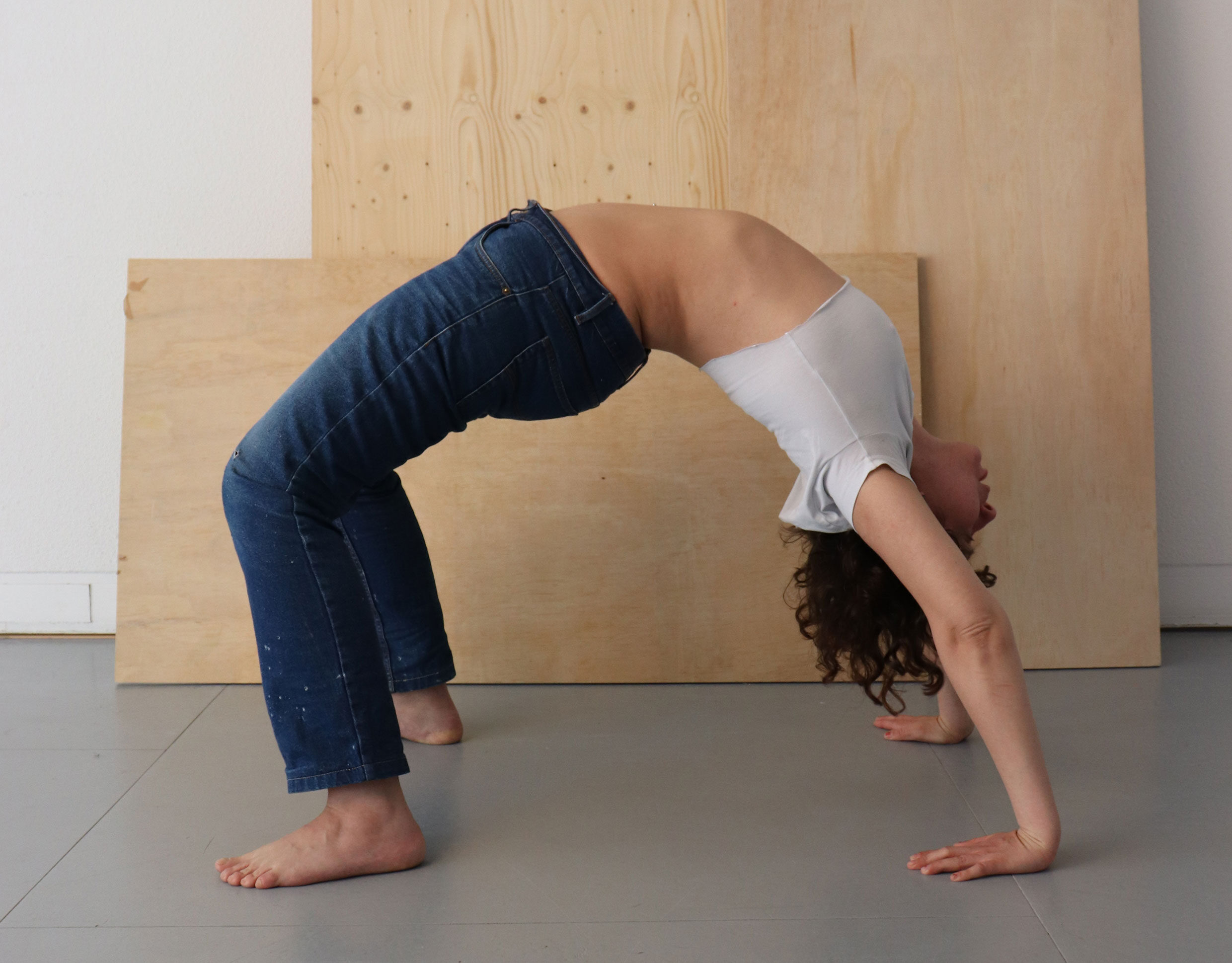Introduction
For this iteration of the research report, I was working, or thinking about how to connect all my research together.
I would like to shine a light on the exploitation within the fashion system, especially the invisible forces that exist in the fashion system that have an effect on our lives. And the invisible forces could refer to many things. Of course, the industrial fashion system is not a transparent system. So there’s a lot of things happening behind the scenes that we are not aware of. Like, making people work, a ridiculous amount of overtime. Not paying them a living wage, etc.
But, in my opinion, there might be even deeper things that remain in fashion, like traces or a kind of memory that exists in fashion that we cannot immediately perceive and interpret. Not with our five senses or with our cognitive brain perhaps.
The industrial fashion system is extremely exploitative. So there’s a lot of human and earthly exploitation taking place. And to me, it feels that if all this negativity is surrounding the garment, what does the garment actually absorb form it’s environment? What is the residue that is left in the garment that eventually reaches our cupboards? Some days, I stand in front of my wardrobe, and I just feel like, my wardrobe is literally crushing me. Almost like I’m buried under a mountain of clothes, even though I might be standing naked in front of it. So why is my cupboard such a burden? Why does it weigh so heavily on me?
I started thinking that it might be the traces from the industrial fashion process that gets ushered into my environment that are having a negative or adverse effect upon me. And regardless of whether or not this is a palatable theory for people or it’s completely speculative, it’s good to start thinking beyond the traditional paradigms that we’ve established for ourselves. What lies beyond our immediate field of vision, our immediate field of consciousness? What is there that we cannot perceive that is affecting us.
A negative aura, or negative traces left by the industrial fashion system in our wardrobe is not the point. To makepeople think deeper about the items that they interact with, already feels like a jump in the right direction. Even just considering the biological aspects of the industrial manufacturing processes, more chemicals are being used than before. So there is definitely residues from chemicals that are left on our clothing. We wear clothing very close to our skin. And we haven’t done a lot of research about how the chemicals that we introduced onto our skin’s ecosystem is affecting us. How are we evolving, based on what it is that we are introduced from our clothes onto our bodies. The skin is a very interesting organ. It’s very responsive, it can feel a lot of things, it’s massive, it keeps our body together. So it is something that we should start paying more attention to.
I am a bit disillusioned with how we perceive the world, not only because of the internet, and media corruption, but also because our memories are inherently flawed. Our brains are very funny organs. Most of our memories are an amalgamation of fact and fiction or fact and aspiration. So even the memories that we have are not real accurate reflections of what actually happened, or what we actually experienced. Therefore, I started turning more towards my body and doing embodied research, and reading or relying more on my body as a gauge for what the truth is in this world.
Initially, I was doing some research into consciousness, like how we perceive things with our minds. I stumbled onto the 4E model of consciousnessthat talks about our embodied embedded extended and enactive experiences. This theoryspecifically is connected with our interactions with material objects. On deeper investigation, I realised this is a very new theory and it’s not been properly researched yet. And perhaps it’s not the best framework to base the theory part of my thesis on. Instead, I am turning to affect theory. Affect theory is a more income encompassing theory within which to do my research. Initially, I was a bit wary of the affect theory, it’s a very abstract concept. It took me quite some time to understand it.
But I think I have a good grasp on it now. I’m going to continue doing research within the realm of affect. So whataffect means, to me, is the latent potential that exists in the universe between any bodies or entities and for those bodies and entities to have an effect on each other. So it’s sort of the thing that exists so an effect can take place.
Affect also really relies on the body to interpret what is going on. Our bodies can sense or become aware of something that is affecting us even before our brains realize. There have been studies and there seems to be a lapse. Our bodies are very aware, and our bodies are very conscious. Our bodies have a lot of potential for interpreting and reading our life. And hopefully, I can prove that there’s a lot of scope for our bodies to interpret fashion, and the stories in fashion andthe things that happen within the fashion system.
I’ve also been looking at movement to host a movement workshop. I did research on a lot of movement frameworks thatespecially deal with emotion – to detangle emotion, to evoke emotion, to work through complicated emotions. The best framework was for my research was the Laban Movement Analysis framework. So Laban Movement Analysis was created by a guy called Rudolf Laban. He was quite a famous choreographer. Afterwards, his framework was extended by some other theorists and other movement specialists. I mapped the Laban framework to some of the performative actions of getting dressed.

